ISO 17025 Certification: The Quiet Backbone of Accuracy and Reliability
La certification ISO 17025 permet de garantir que les laboratoires d'essais et d'étalonnage fournissent des résultats d'essais précis aux clients.
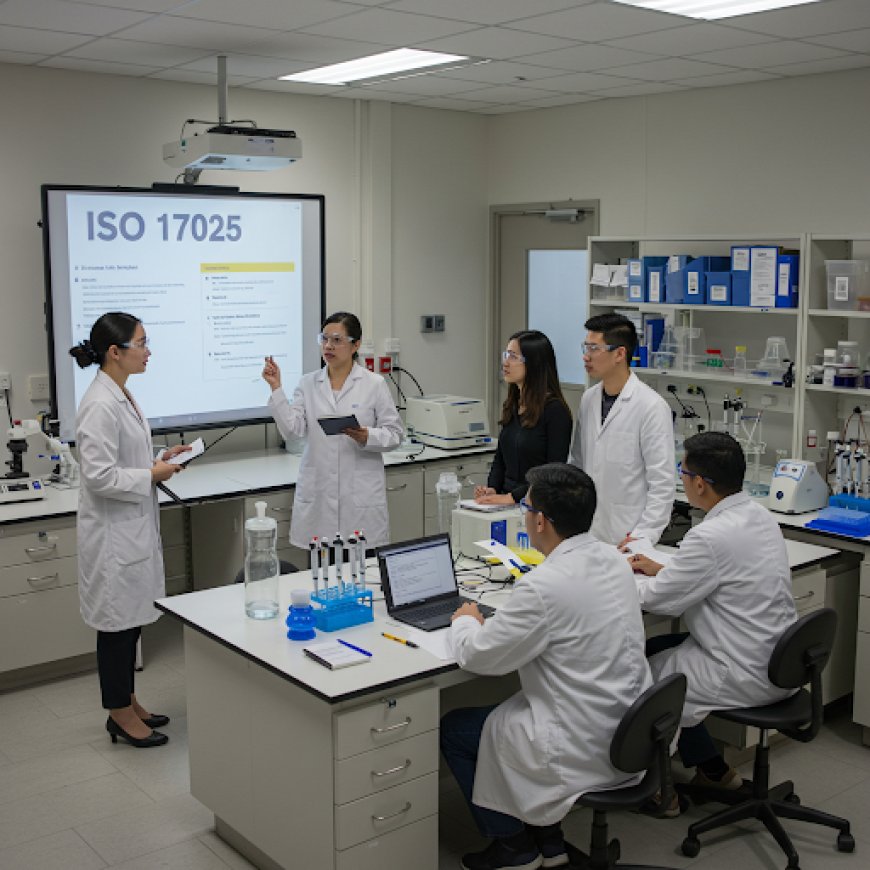
Let’s be honest—when people hear “laboratory,” they either think of science fiction gadgets or high school chemistry explosions. But in the real world, especially where public safety or product quality is concerned, labs play a far more serious role. Behind every accurate medical test, water quality report, or food safety result, there’s something humming quietly in the background: ISO 17025.
Now, unless you live and breathe quality standards, ISO 17025 probably sounds like a dry alphanumeric code cooked up by a committee. But here’s the thing—it’s not just a standard. It’s a badge of reliability, an insurance policy for data accuracy, and in many ways, a contract between a lab and the world that says, “You can trust what we do.”
So, what’s the big deal about ISO 17025, and why should anyone, beyond lab directors and quality managers, care?
Let’s talk it through.
What is ISO 17025 Anyway?
First off, ISO 17025 is the international standard that defines what it means for a testing or calibration laboratory to be technically competent and able to generate valid, trustworthy results. Not just results that look good on paper—but ones that hold up under scrutiny, in court, or when lives are on the line.
And yes, there are plenty of standards out there (some of them gathering dust on office shelves), but ISO 17025 carries weight. It’s recognized globally. In fact, many national regulatory bodies demand it for lab accreditation.
It’s not just about ticking boxes. It's about consistently getting it right—even when no one’s watching.
Why Accuracy Isn’t Just a Nice-to-Have
Imagine a food testing lab that gets an allergen result wrong. Or a clinical lab that misreads a cancer biomarker. Or an environmental lab that underreports lead levels in drinking water.
These aren’t hypotheticals. They happen. And when they do, the fallout isn’t just legal or financial—it’s personal. That’s why ISO 17025 matters. It helps organizations build systems that reduce error, control uncertainty, and deliver results that people can bet their health—or business—on.
But accuracy isn’t only about life-or-death stakes. Sometimes, it’s about efficiency, reputation, and cold, hard money. Faulty test data can tank production runs, trigger product recalls, or damage hard-earned trust.
So, when a lab gets ISO 17025 certified, it’s essentially saying, “We’ve built a fortress around data integrity.”
Beyond the Microscope: What the Certification Actually Covers
Let’s clear something up: ISO 17025 isn’t just about the fancy instruments or the technical wizardry behind the scenes. It’s also about the human element—how the people, procedures, and policies come together to produce reliable results.
Here’s what ISO 17025 looks at under its metaphorical microscope:
-
Technical competence of staff – Training isn’t a one-and-done; ongoing calibration (of people, not just machines) is key.
-
Validity of test methods – Are the methods scientifically sound? Are they followed exactly? Even when the lab is swamped?
-
Traceability of measurements and calibrations – Can every number be traced back to a reference standard? Like a breadcrumb trail for accuracy.
-
Quality assurance of data – How often are blind samples tested? How often is bias assessed?
-
Environmental controls – Because temperature, humidity, or even vibration can skew results.
It’s rigorous, yes. But it’s also a system designed to breathe consistency into everyday work.
But Isn’t That…Overkill?
You might be thinking, “Okay, that’s a lot of structure. Isn’t some of this over the top?”
Not really. Labs aren’t assembly lines. The variables can be wild—different samples, new client requirements, evolving technologies. Without tight systems, even experienced techs can miss details.
Plus, let’s face it—humans have off days. A certified lab doesn’t eliminate error, but it reduces the room for it.
You wouldn’t trust a restaurant that guesses measurements. Why would you trust a lab that does?
ISO 17025 vs. Other Quality Standards: What’s the Real Difference?
This is where things get a little technical—but stick with me.
A lot of people lump ISO 17025 in with ISO 9001, which is more about general quality management across industries. And while there’s overlap, ISO 17025 goes deeper. It’s tailor-made for labs. It doesn’t just ask, “Do you have a system?” It demands proof that the system actually works—especially when it comes to testing and calibration.
It’s the difference between saying, “We care about quality,” and saying, “Here’s the math, records, and audit trail to prove it.”
Think of ISO 9001 as the foundation, and ISO 17025 as the customized architecture built on top—engineered for precision.
Who Really Needs This?
Sure, ISO 17025 is a must for:
-
Environmental labs
-
Food safety testing facilities
-
Medical and clinical labs
-
Industrial calibration labs
-
Pharmaceutical QA labs
But it’s not just for those dealing with hazardous materials or pharmaceuticals. Even textile testing labs or concrete testing facilities benefit from this standard. Heck, even research institutions are getting certified now, especially when funding bodies or international collaborators start asking the hard questions.
And with global supply chains getting tighter, cross-border trust in lab data has never been more essential.
The Road to Certification: Not Exactly a Sunday Stroll
Let me be upfront—getting certified isn’t a breeze. It requires a significant commitment of time, money, and mental energy. Labs have to:
-
Document everything—From procedures to personnel qualifications, it all has to be in writing.
-
Build a quality manual—Not the dusty binder type, but one that actually lives and breathes in the lab’s operations.
-
Train and re-train staff—Knowledge fades. And standards evolve.
-
Conduct internal audits—Yes, someone needs to play devil’s advocate.
-
Bring in the external assessors—They’ll ask the hard questions, and they won’t accept fluff.
And then there’s the wait—for feedback, for corrections, for approval.
But once you get there? It’s like flipping a switch in your reputation.
The Ripple Effect: How ISO 17025 Changes a Lab’s Culture
Here’s something that doesn’t show up on spreadsheets: mindset.
When a lab adopts certification iso 17025 the shift isn’t just operational—it’s cultural. People start thinking more critically. They question shortcuts. They anticipate errors before they happen.
It fosters a kind of shared accountability, where techs, managers, and even admin staff are rowing in the same direction. And let’s be real—when people feel confident that the work they’re doing actually matters, morale improves.
There’s pride in precision. You feel it.
Real-World Wins: The Stuff People Don’t Talk Enough About
ISO 17025 has a way of unclogging hidden bottlenecks. For instance, during certification prep, a calibration lab might discover that a $30 sensor was throwing off $100,000 worth of product QA decisions. Or that temperature readings were inconsistent across shifts because someone swapped out a control unit without updating SOPs.
These aren’t “gotcha” moments—they’re “a-ha” moments. The kind that save money, time, and reputation.
And when the customer comes back not with complaints, but with more business? That’s the full-circle moment.
Keeping the Standard Alive: It's Not a “One and Done” Deal
Getting certified is one thing. Staying certified? That’s a different beast.
ISO 17025 expects continual improvement. That means:
-
Regular audits
-
Corrective and preventive actions
-
Ongoing calibration
-
Risk-based thinking (Yes, that’s a thing—think like a chess player, not a checkers one.)
It’s like fitness—get lazy, and the results backslide. But keep at it, and the benefits compound over time.
So, Is It Worth It?
If you’re looking for a shortcut—no. ISO 17025 won’t give you that.
But if you care about your lab’s credibility, long-term growth, and customer trust? Then yes, without question.
It’s a lot like building a reputation: slow, methodical, sometimes frustrating. But once it’s there, it does half the heavy lifting for you.
And really—when people’s health, safety, or success rides on your data, don’t you want a system that guarantees it’s solid?
Final Thoughts: Precision Is Power
ISO 17025 isn’t just a gold star on a certificate. It’s a quiet promise. One that says: "We’ve done the work. You can rely on us."
And in a world filled with noise, misinformation, and uncertainty—that kind of assurance? It’s priceless.








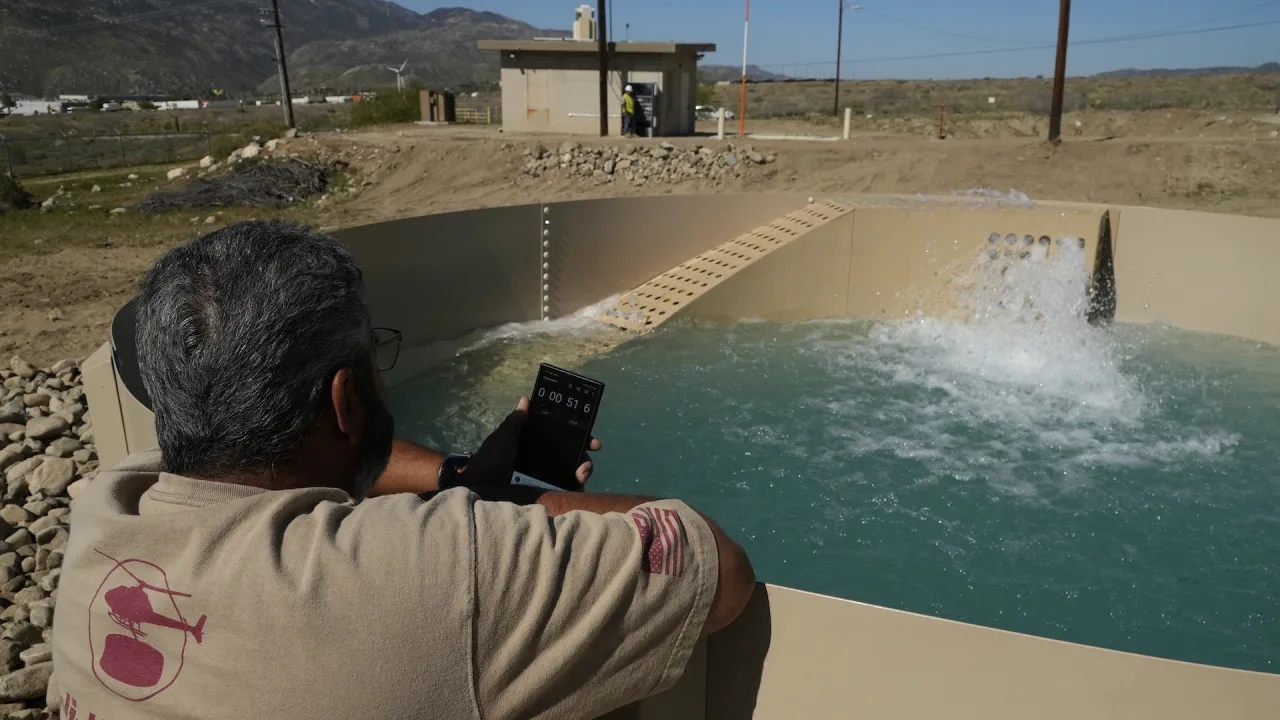
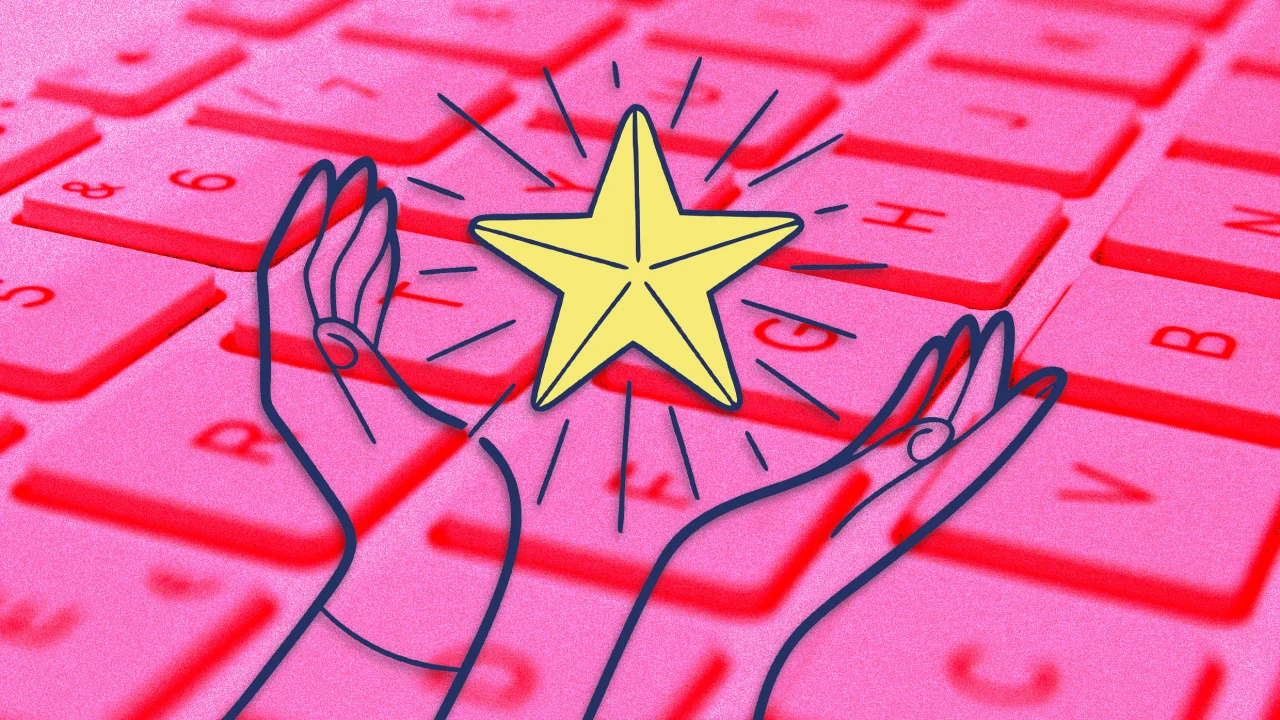




























































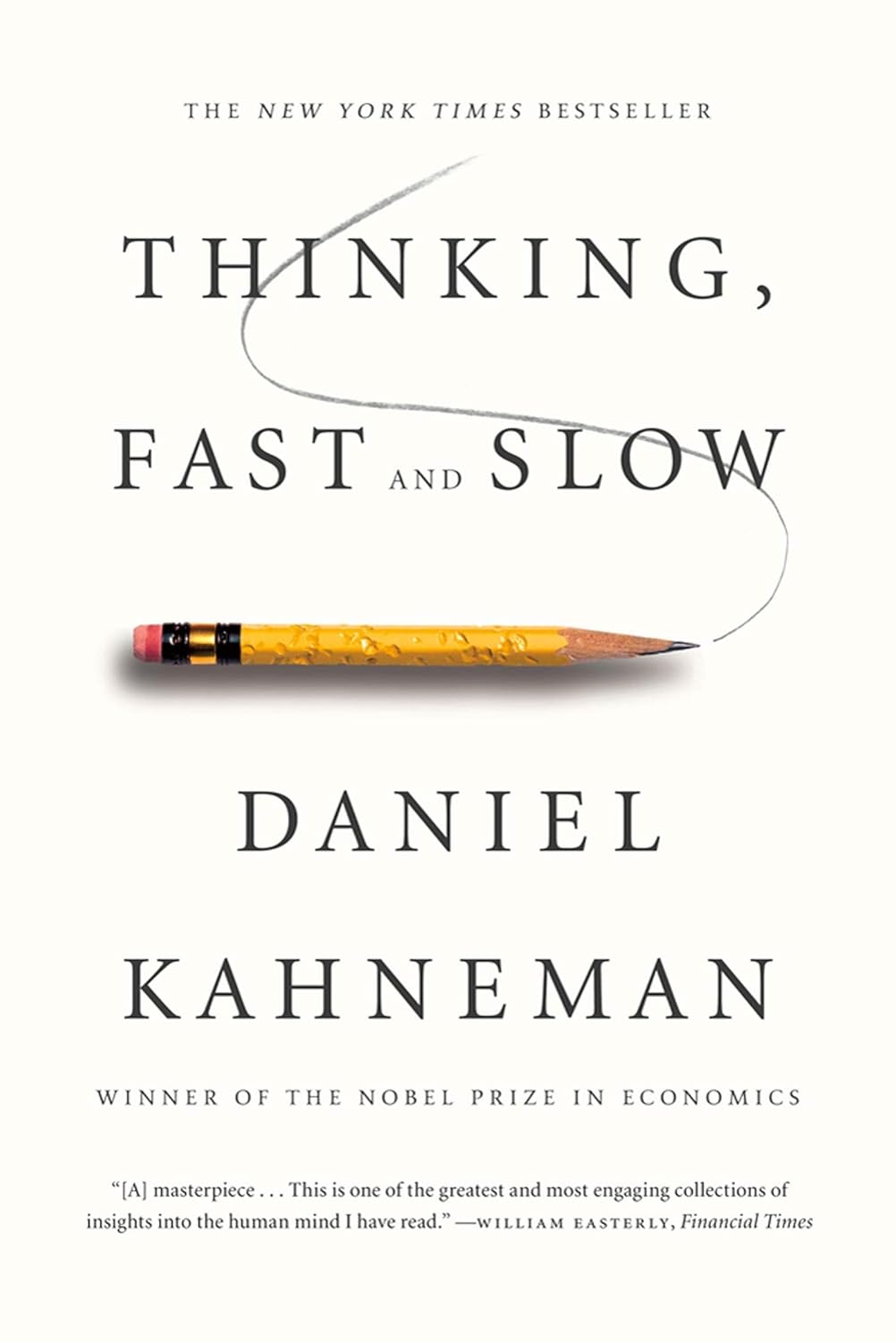









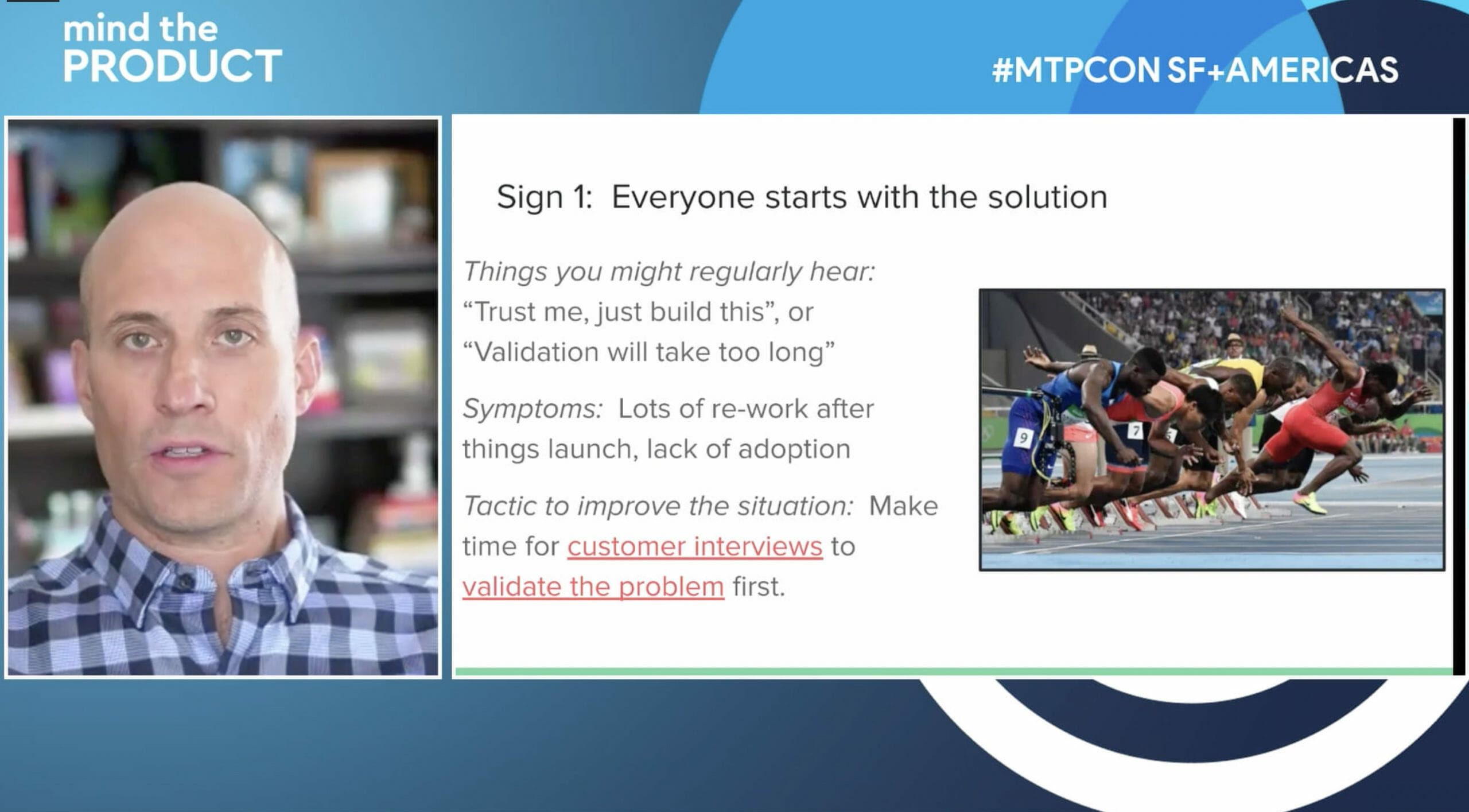















![Coaching and Discovery in Product. What High-Performing Teams Are Doing Differently [TPG Live Recap]](https://tpgblog.com/wp-content/uploads/2025/05/2025-05-08-thumbnail-action.png?#)
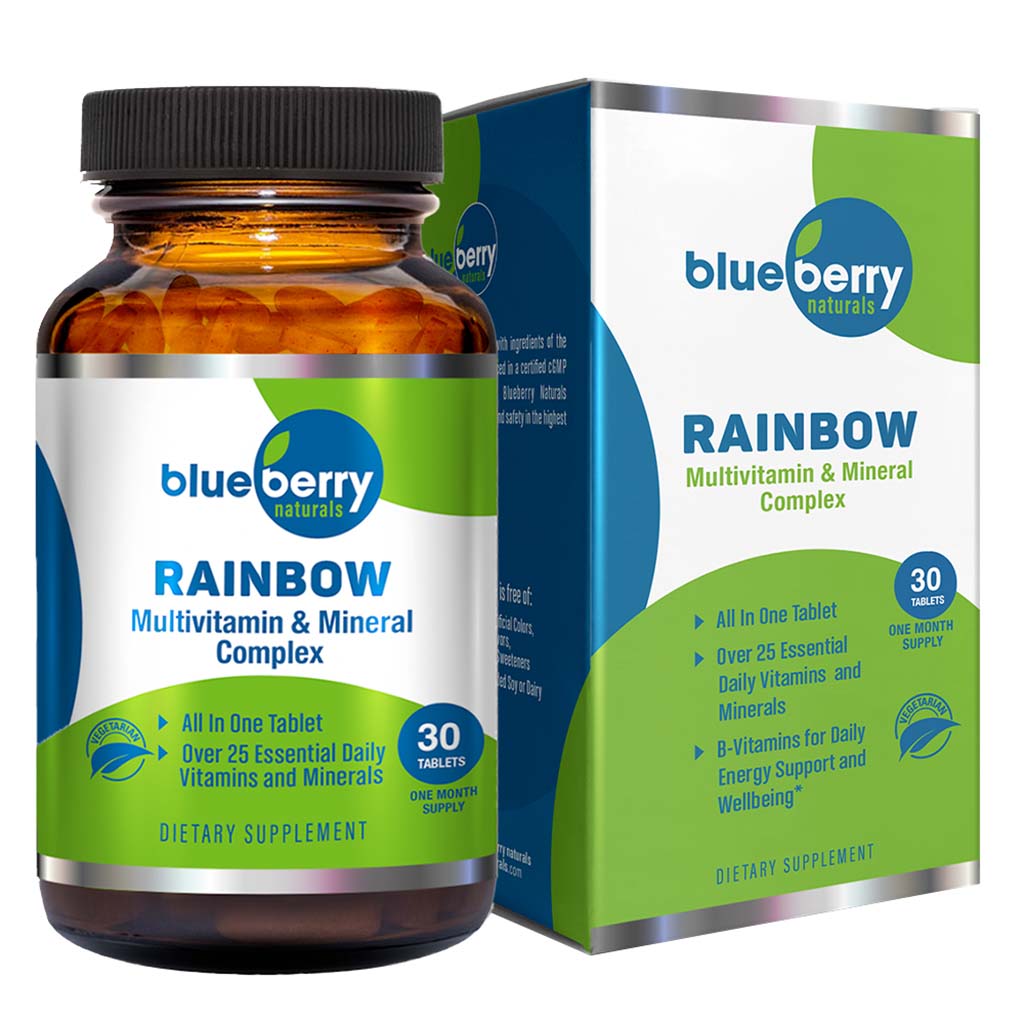







![Building A Digital PR Strategy: 10 Essential Steps for Beginners [With Examples]](https://buzzsumo.com/wp-content/uploads/2023/09/Building-A-Digital-PR-Strategy-10-Essential-Steps-for-Beginners-With-Examples-bblog-masthead.jpg)

















































